There is one story from the creation of Final Mission: USS Tang Experience that I will never forget. It involved pushing our “creative” and “content” production teams to do the right thing—and in the end persevering on behalf of others to make sure they are not forgotten.
Gallagher and Associates is the design firm responsible for creating The National WWII Museum in tandem with the Museum’s executive leadership. The leadership and designers at Gallagher are tremendous professionals, and it has been a great honor and great experience working with them over the years. But we did have a serious conflict during the creation of the WWII submarine simulation Final Mission, when the interests of design versus history clashed.
As I have mentioned in previous posts, Final Mission is designed for 27 visitors at a time, and visitors receive a “watch-bill” for their “station” on the submarine when they enter. The watch-bill card contains biographical information of an actual Tang sailor who manned that station. Our goal is to invest the visitor with a personal interest in a crew member. When the Tang was sunk by her own defective torpedo in 1944, 78 of the 87 crew members perished alongside the nine survivors. At the end of the show, visitors inside our fabricated sinking submarine would not only discover what had happened historically, but as they exited would be able to find out the fate of the individual sailor by matching the photo on their watch-bill with crew portraits on the exit wall of the exhibit.
Since there was room for 27 visitors in the exhibit at a time, however, Gallagher’s original design allowed for 27 crew portraits to appear on the wall, in three neat rows of nine, each portrait a fairly large size (if memory serves, the portraits were originally designed to be 8 by 10 inches). My team historians and I were strongly opposed to this treatment. We believed that all 87 crew members should be portrayed on the wall, as these men had all fought together, and 78 died together, as a crew. We pointed out that there would surely be visitors in the future who would have personal family ties to the deceased sailors, and that they would perhaps be offended at the omission of their loved ones who had made the ultimate sacrifice.
But as the design team pointed out, while we did have photographs enough to cover 27 positions, we only had photographs of slightly over half of the entire crew. Justly, we were told that if we wanted our proposed treatment to be considered, we would have to provide photographs for the entire crew—and fast.
Two of my team historians, Seth Paridon and Tommy Lofton, spearheaded the effort to scour every available source to find service portraits for the entire Tang crew. They did an amazing job, and soon we had 73 crew photos. We knew that if we could convince the executives to back our proposed treatment, crew photos for some of the 14 missing sailors would slowly trickle in from the public (this indeed has happened in the five years since opening). But at the time, we still faced doubts over the 14 blank spaces. Seth and Tommy made an ingenious suggestion: Since the missing photographs were all of deceased crew members, we could display a photo of the Purple Heart medal in place of their portraits, as the entire crew was awarded the medal in the aftermath of the sinking.
When we looked at the crew portraits individually, they were breathtaking. One could see youth and vitality in their faces. Some photographs that Seth and Tommy found were not portraits, but added to the overall impact of the images by showing the veteran with his fiancé or wife, the veteran leaning on a palm tree, or posed in uniform in front of a hotel in Hawaii. Some of the images were colorized from the period.
I knew that when the faces were all viewed together collectively, the impact would be overwhelming, so I instructed Seth to print out copies of every crew photo we had. We taped them together into a mosaic, and then walked our mock-up over to the office of our Senior Vice President of Capital Programs, Bob Farnsworth.
In the photo gallery below, one can see the faces of the Tang crew taped to the wall in Bob’s office, a photograph of Bob examining the faces, and then a shot of Bob, Project Manager Melanie Holmes, and our Associate Vice President for Operations Paul Parrie (as noted in my previous post, Paul and I were the team leaders for the creative and content sides of the exhibit) looking at the mosaic of faces and imagining the impact on our visitors.
Fortunately, this meeting persuaded Bob and Paul to support our proposal to the rest of the Museum executives and Gallagher team, and in the end they all agreed to proceed with plans to represent the entire crew (including our Purple Heart placeholders) on the exit wall of the exhibit. I felt a great sense of pride and accomplishment in our historians, and we all felt that our efforts to go the extra mile—so minor compared to what these men had done for their country—was a personal tribute to the crew of the USS Tang.
Our team was very excited as the metal plaques with the crew portraits began to arrive for installation in January 2013, only a few days before opening. In this gallery of photographs of the plaques, one can see a selection of the plaques lying on the pavilion floor; an image featuring the plaque of Chief Boatswain’s Mate Bill Leibold, the only survivor from the Tang still living at the time; the plaque of Captain Richard O’Kane, who along with Leibold and seven others survived as POWs of the Japanese after the sinking; and lastly an image of Paul Parrie, himself a US Navy submarine veteran in his youth, working near the portrait plaques in front of the exhibit in the days before opening to the public.
We were still a long way from being ready to open the exhibit to the public when these images were taken. In my next post, I will describe what it was like to program all of the show elements for Final Mission.
Notes: This is the fifth post in a series revisiting the making of the interactive exhibit Final Mission: USS Tang Submarine Experience. Read Part One. Part Two. Part Three. Part Four. Part Six. Part Seven. In a parallel series of The Words of War posts, Dr. Huxen is exploring books about submarine warfare during World War II. Read Part One of that series. Part Two. Part Three. Part Four. Part Five. Part Six. Part Seven.
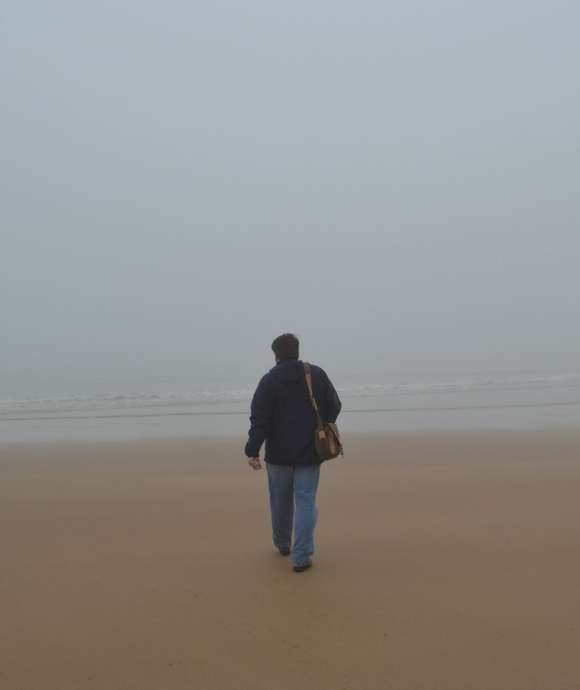
"No matter one’s age, travel is a unique and exciting educational experience. In my work, I have had the opportunity to reflect on history, events, and people in the places where they experienced life. Through the viewfinder, we can not only find history and perspective, but create memory, and evoke our evergreen past."
– Keith Huxen, PhD, Senior Director of Research and History, The National WWII Museum
Keith Huxen
Keith is the former Senior Director of Research and History in the Institute for the Study of War and Democracy at The National WWII Museum.
Cite this article:
MLA Citation:
APA Citation:
Chicago Style Citation:
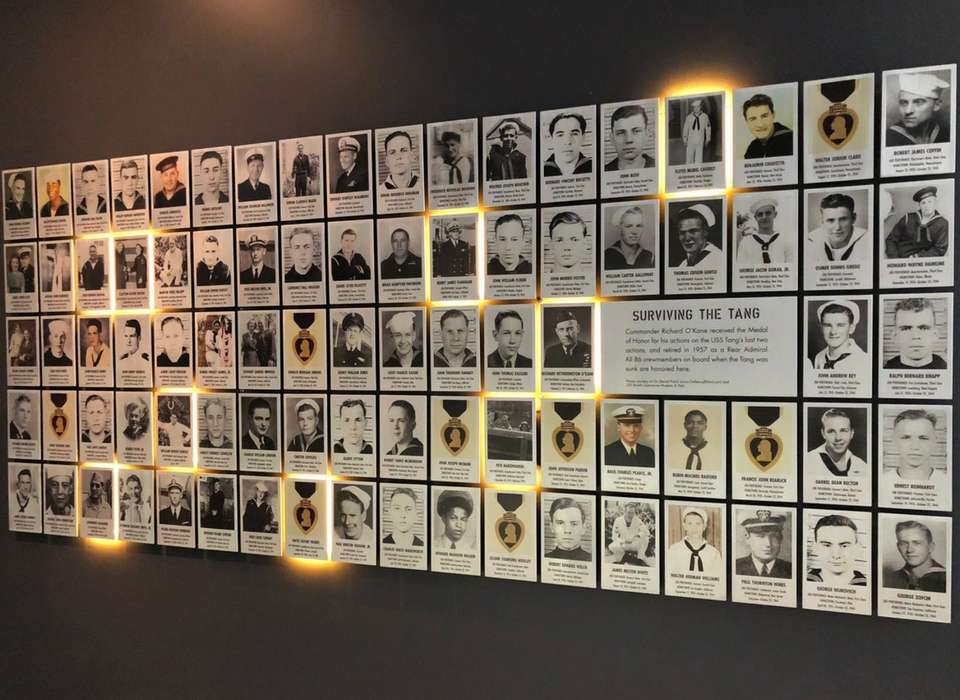
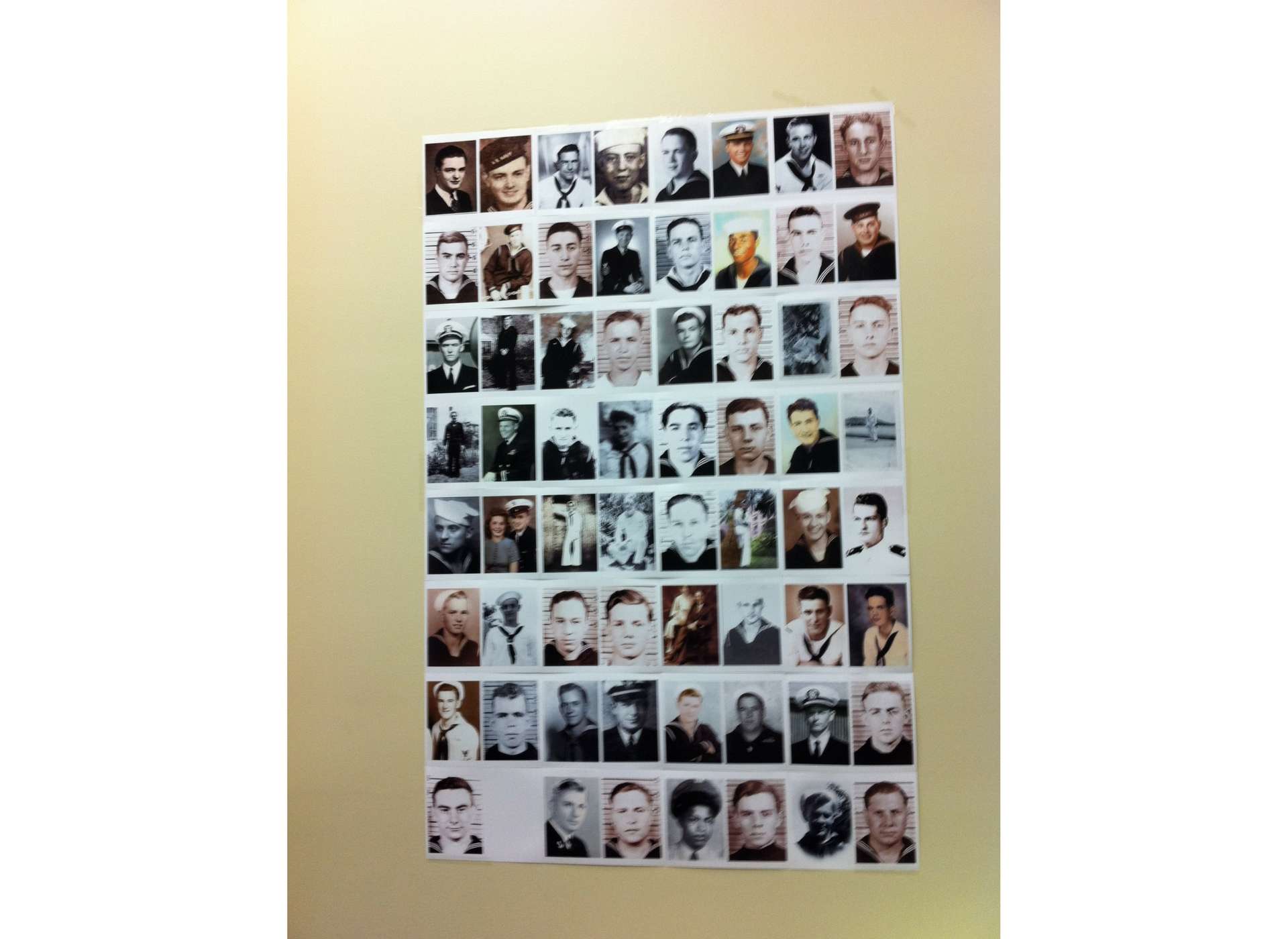
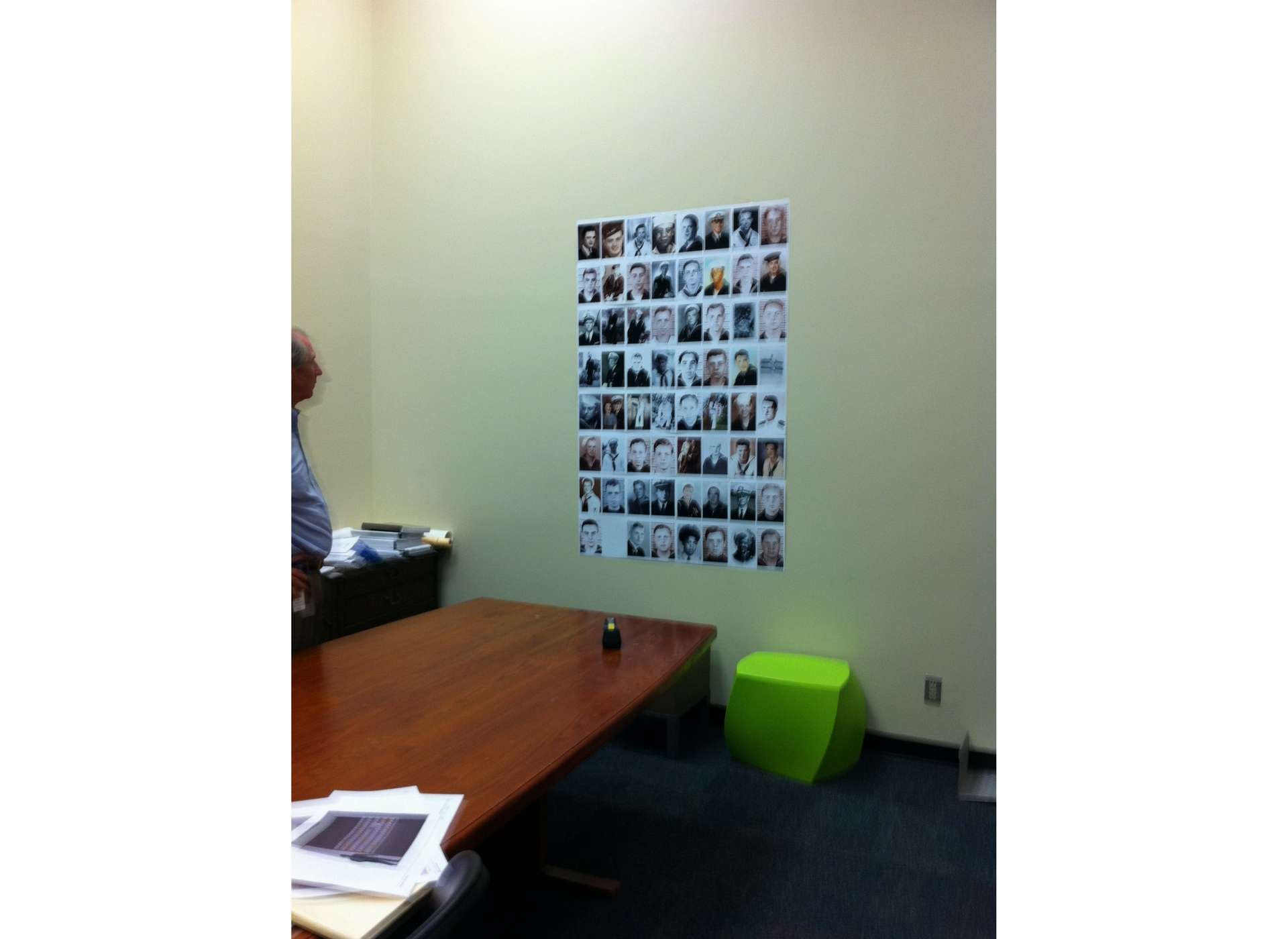
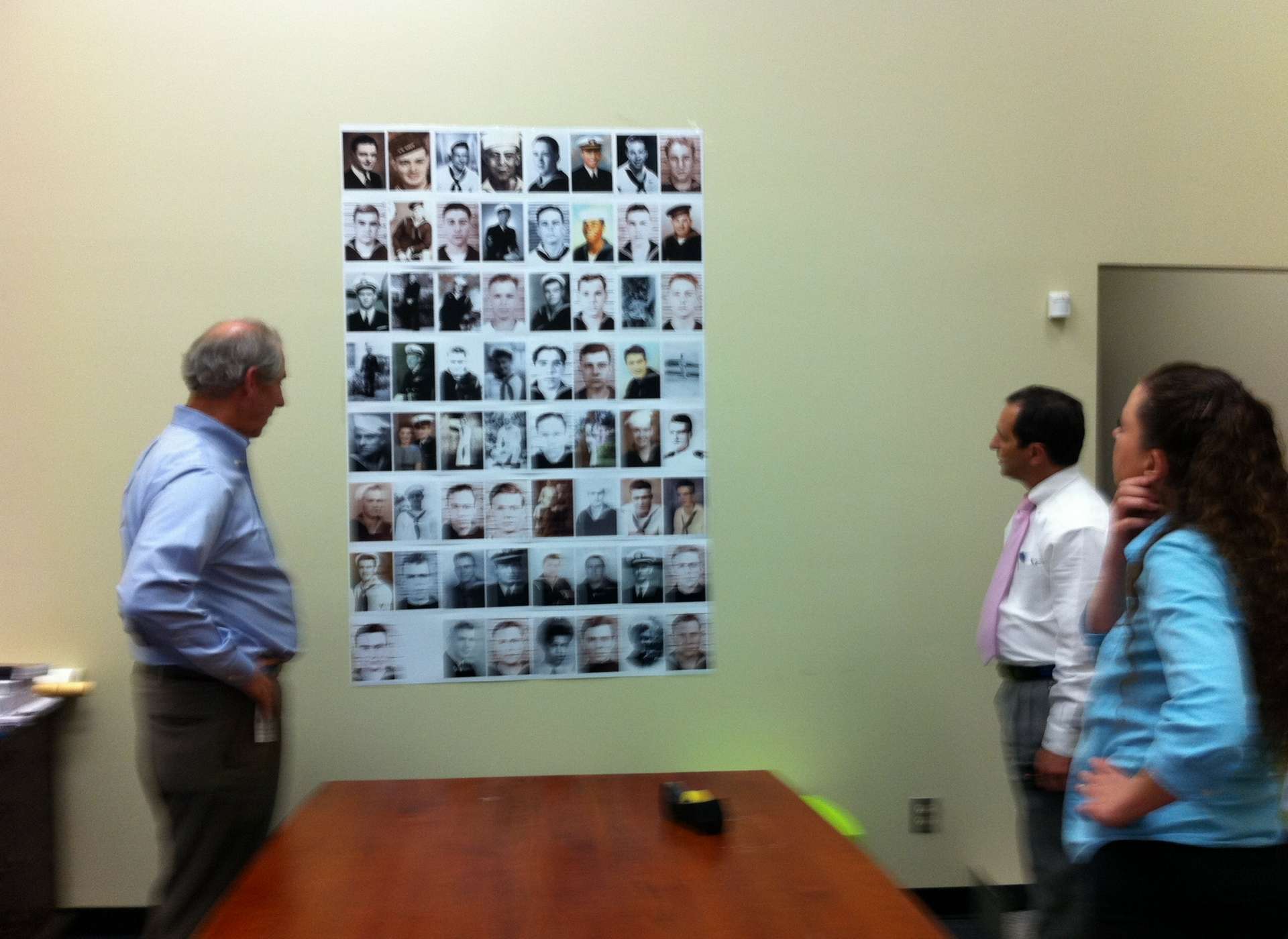
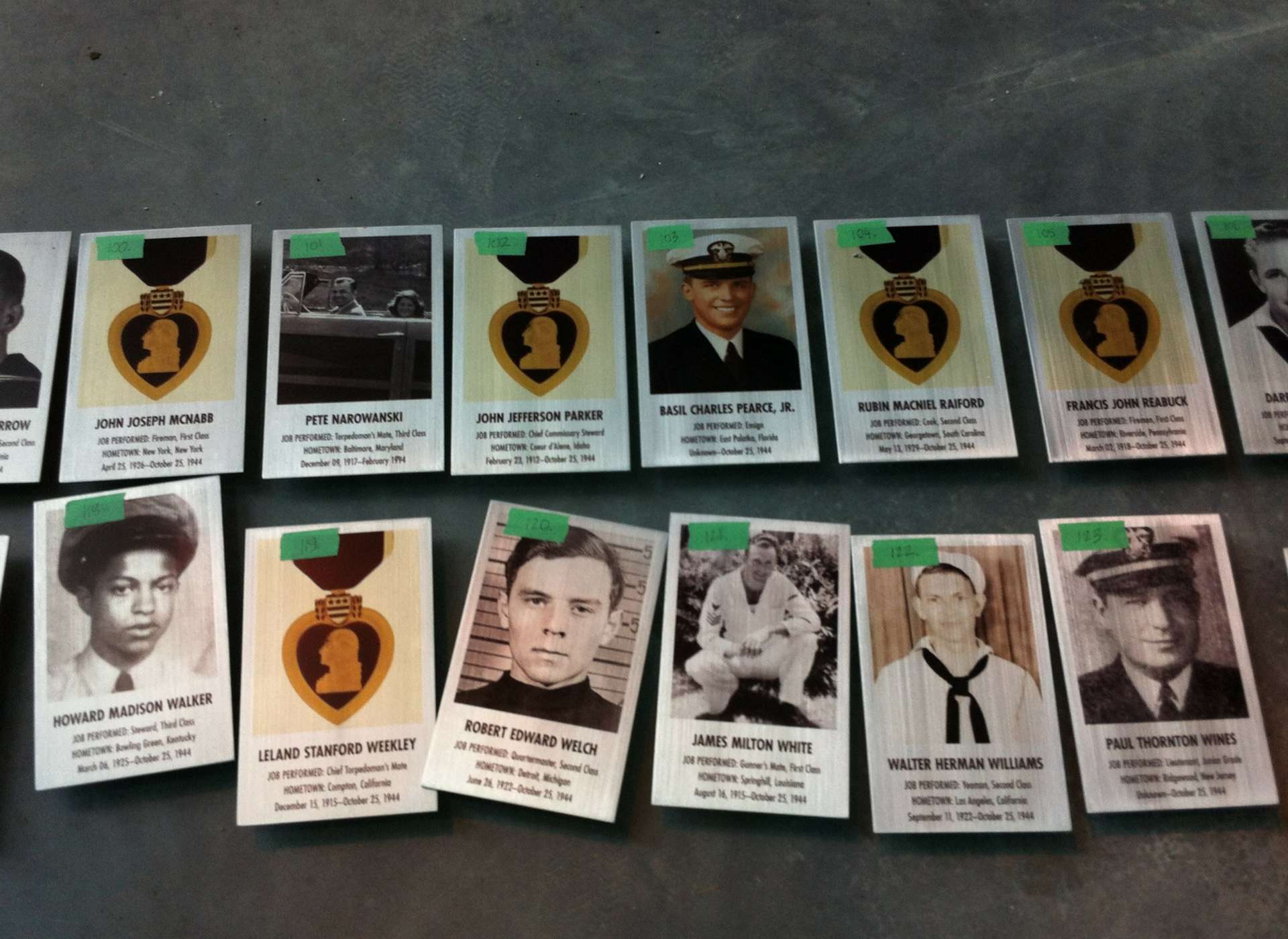
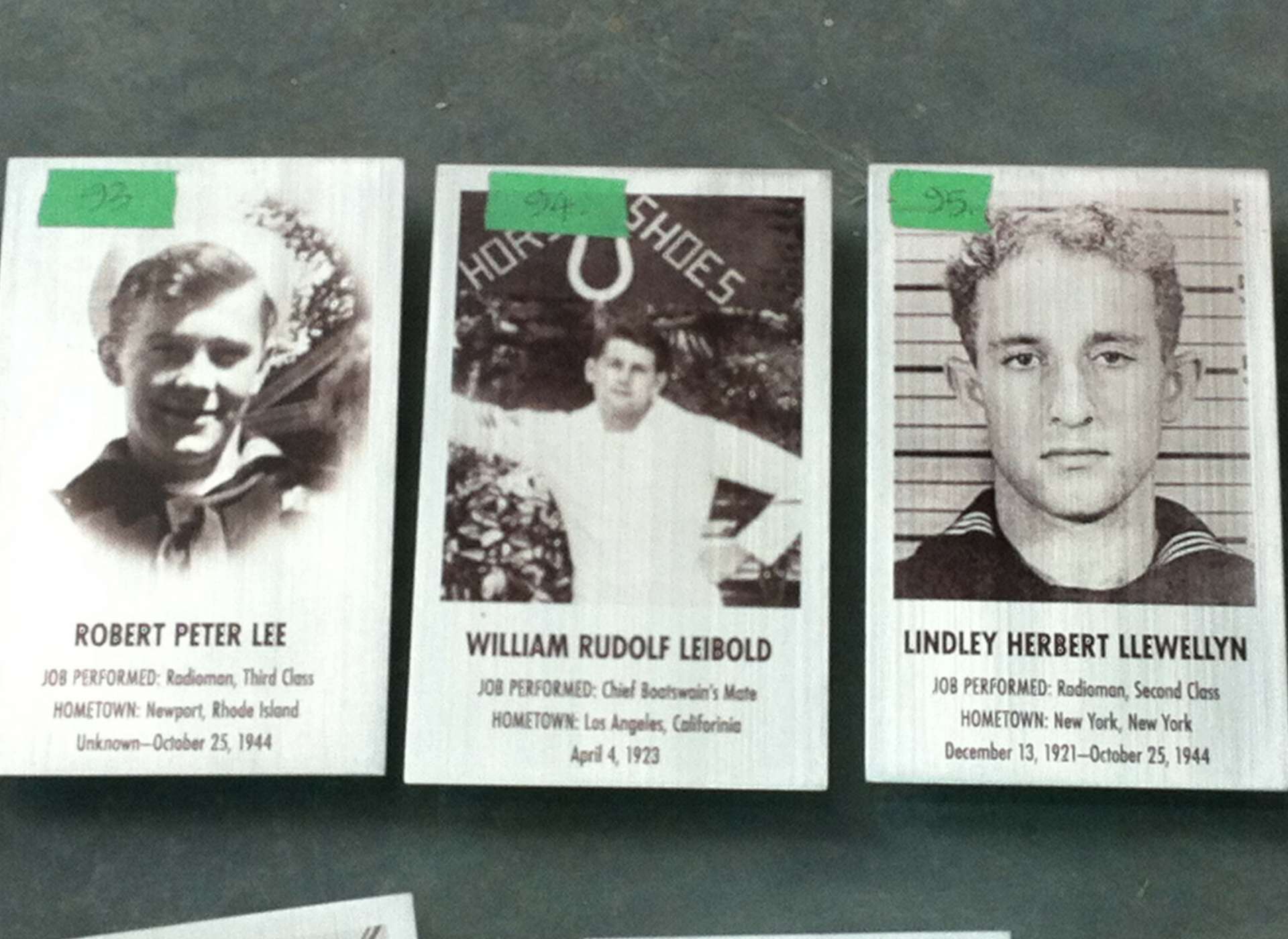
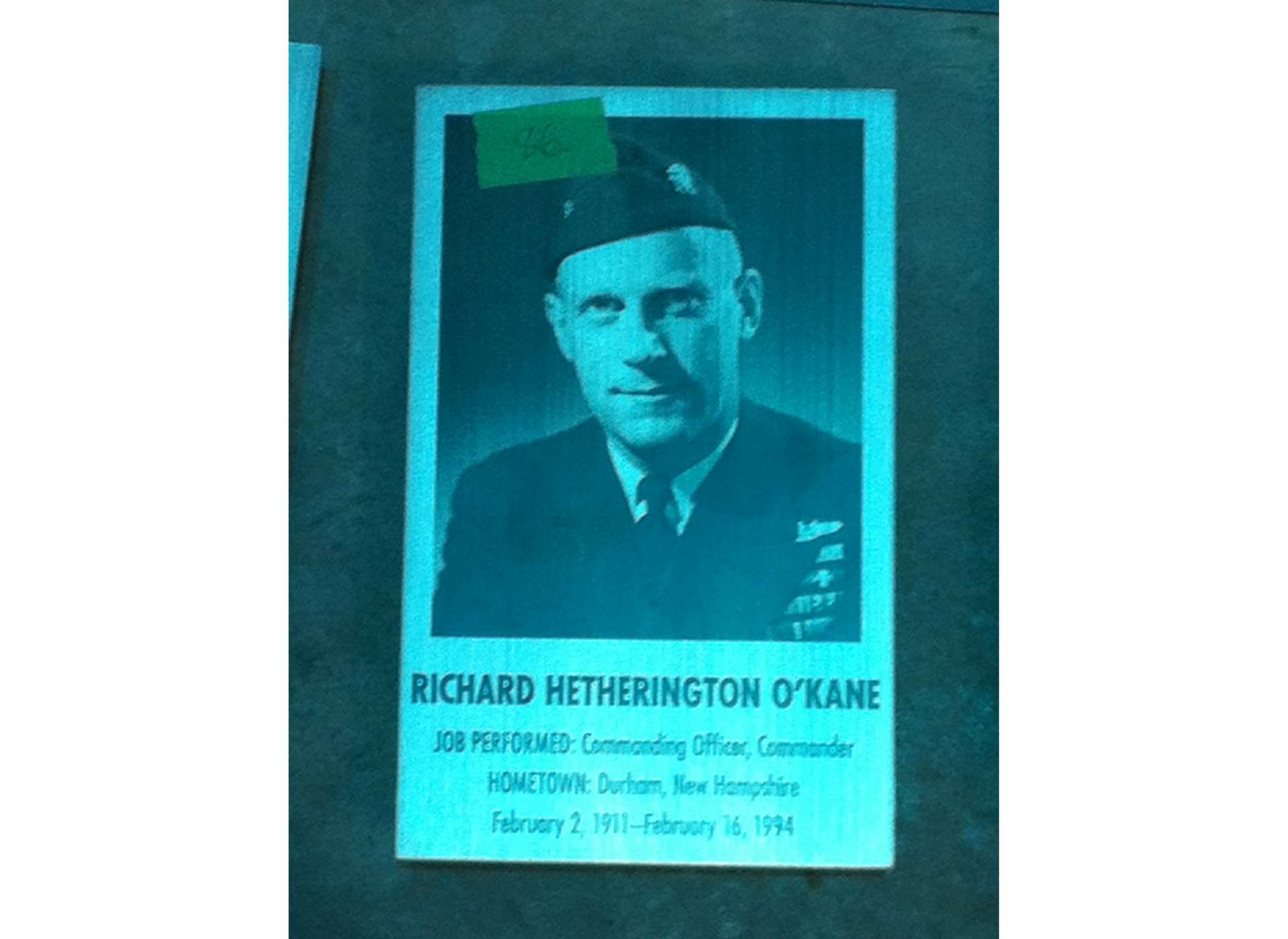
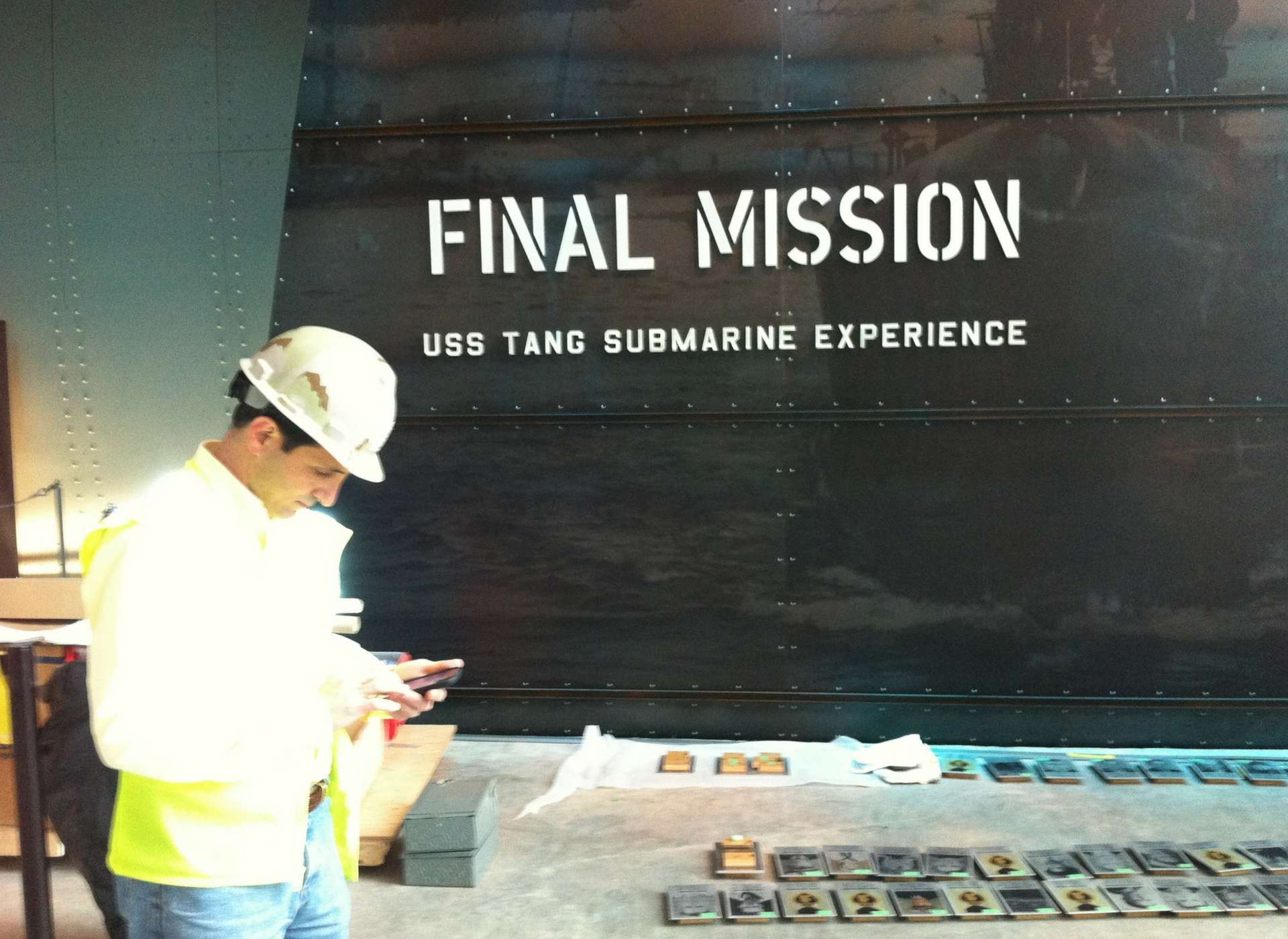

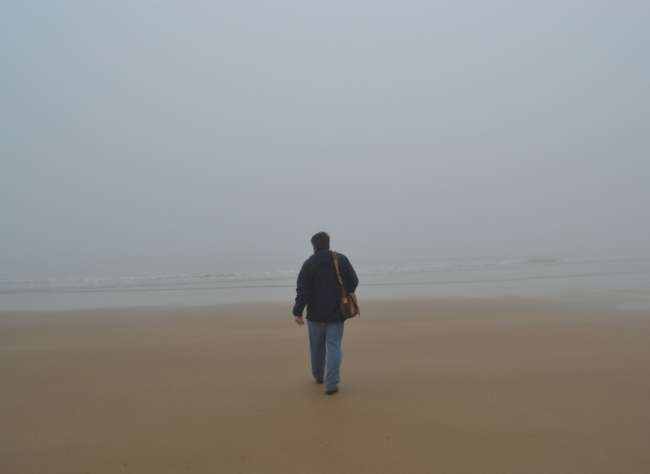
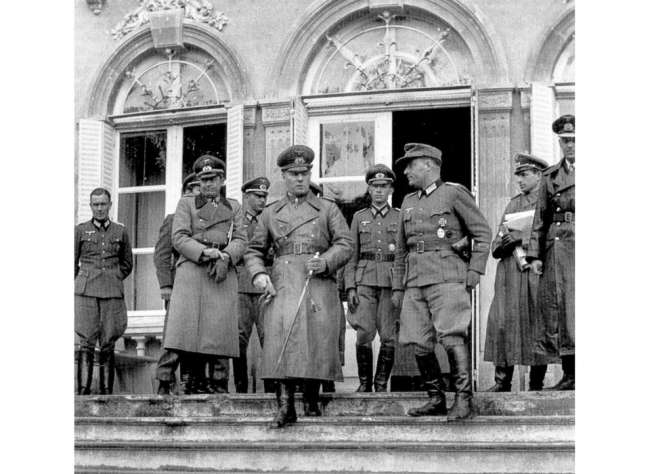






![Max Fuchs, New York City cantor, sings as Rabbi Sydney [sic] Lefkowitz, Richmond, VA, conducts the first Jewish services from Germany.](/sites/default/files/styles/max_650x650/public/2025-10/image1.jpg)

